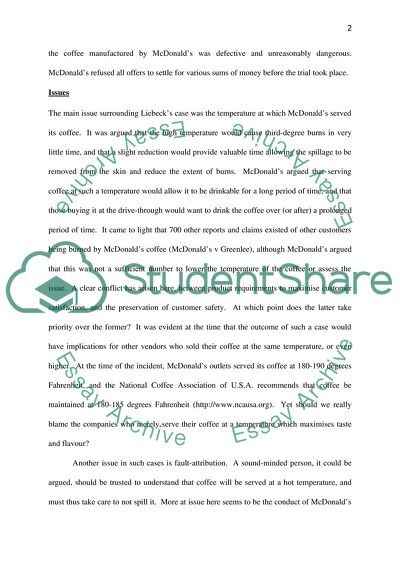Cite this document
(“Case review Essay Example | Topics and Well Written Essays - 2500 words”, n.d.)
Case review Essay Example | Topics and Well Written Essays - 2500 words. Retrieved from https://studentshare.org/miscellaneous/1562944-case-review
Case review Essay Example | Topics and Well Written Essays - 2500 words. Retrieved from https://studentshare.org/miscellaneous/1562944-case-review
(Case Review Essay Example | Topics and Well Written Essays - 2500 Words)
Case Review Essay Example | Topics and Well Written Essays - 2500 Words. https://studentshare.org/miscellaneous/1562944-case-review.
Case Review Essay Example | Topics and Well Written Essays - 2500 Words. https://studentshare.org/miscellaneous/1562944-case-review.
“Case Review Essay Example | Topics and Well Written Essays - 2500 Words”, n.d. https://studentshare.org/miscellaneous/1562944-case-review.


